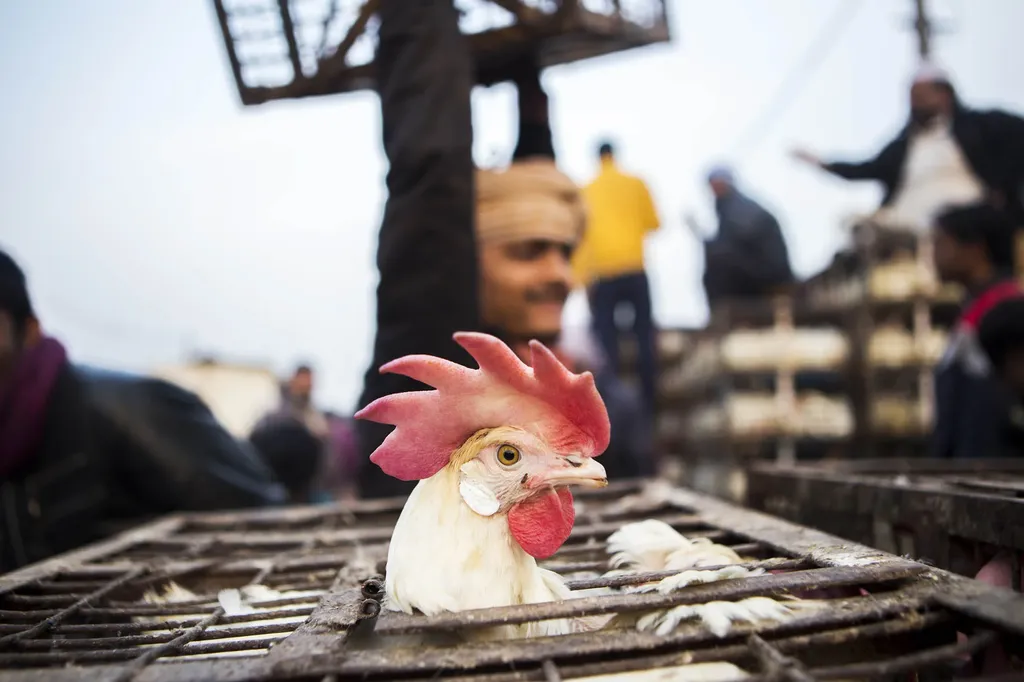In the heart of India’s poultry industry, a silent battle rages against viral diseases that threaten the sector’s growth and economic stability. A recent review published in the *International Journal of Bio-Resource and Stress Management* sheds light on the pressing issue of viral diseases in poultry, particularly in the state of Assam. The study, led by Rofique Ahmed from the Dept. of Veterinary Epidemiology and Preventive Medicine at Assam Agricultural University, underscores the need for robust diagnostic and control strategies to safeguard the industry’s future.
The Indian poultry market is on an upward trajectory, with an estimated annual growth rate of 8.1%. However, this progress is shadowed by the persistent threat of infectious diseases, particularly viral ones. “Infectious diseases, especially viral ones, pose a serious threat to the poultry industry from an economic point of view,” Ahmed emphasizes. The review highlights several viral diseases that have significantly impacted poultry farming in Assam and other parts of India, including Newcastle disease, Avian Influenza, Fowl Pox, Infectious Bursal Disease, Marek’s disease, Infectious Bronchitis, Infectious Laryngotracheitis, and Inclusion Body Hepatitis.
The economic implications of these outbreaks are substantial. Disease outbreaks can cripple local economies, disrupt supply chains, and lead to significant financial losses for farmers. In a developing country like India, where agriculture is a backbone of the economy, the ripple effects of such outbreaks can be far-reaching. The study underscores the importance of thorough epidemiological studies and advanced diagnostic techniques, such as genotyping and molecular characterization, to identify and control these diseases effectively.
Ahmed’s research points to the critical role of preventive measures in mitigating the impact of these viral diseases. “Importance should be given to maintaining basic preventive measures like biosecurity, farm hygiene, and proper vaccination,” he notes. These measures, combined with advanced diagnostic tools, can help in early detection and containment of outbreaks, thereby minimizing economic losses.
The review also highlights the need for continued research and development in the field of poultry health. As the industry grows, so does the need for innovative solutions to combat these viral threats. The study suggests that future developments in diagnostic technologies and control strategies could significantly enhance the resilience of the poultry industry against these diseases.
In conclusion, Ahmed’s research serves as a wake-up call for the poultry industry in India. It underscores the need for a multi-faceted approach to disease management, combining preventive measures, advanced diagnostics, and ongoing research. By addressing these challenges head-on, the industry can ensure its continued growth and contribute to the country’s economic development. As the battle against viral diseases in poultry continues, the insights from this review will be invaluable in shaping future strategies and policies.

